Our Unique Approach: Autism Partnership Method (APM)
Autism Partnership Method (APM) is highly individualized, child-friendly, holistic and focused on "in-the-moment analysis" and "clinical judgement".
At Autism Partnership (AP), we adopt our own treatment method called, Autism Partnership Method (APM). APM is a progressive model of Applied Behavior Analysis (ABA) that is highly individualized, child-friendly, holistic, and focused on “in-the-moment analysis” and “clinical judgment.”
Applied Behavior Analysis (ABA) is a high-quality treatment approach for Autism Spectrum Disorders (ASD). It is based on more than 60 years of scientific research and effective clinical practice. ABA is the most widely recognized and scientifically proven treatment for ASD.
In contrast to conventional ABA, Autism Partnership Method (APM) is a highly flexible yet systematic and comprehensive approach that allows us to meet the individual needs of children with ASD.
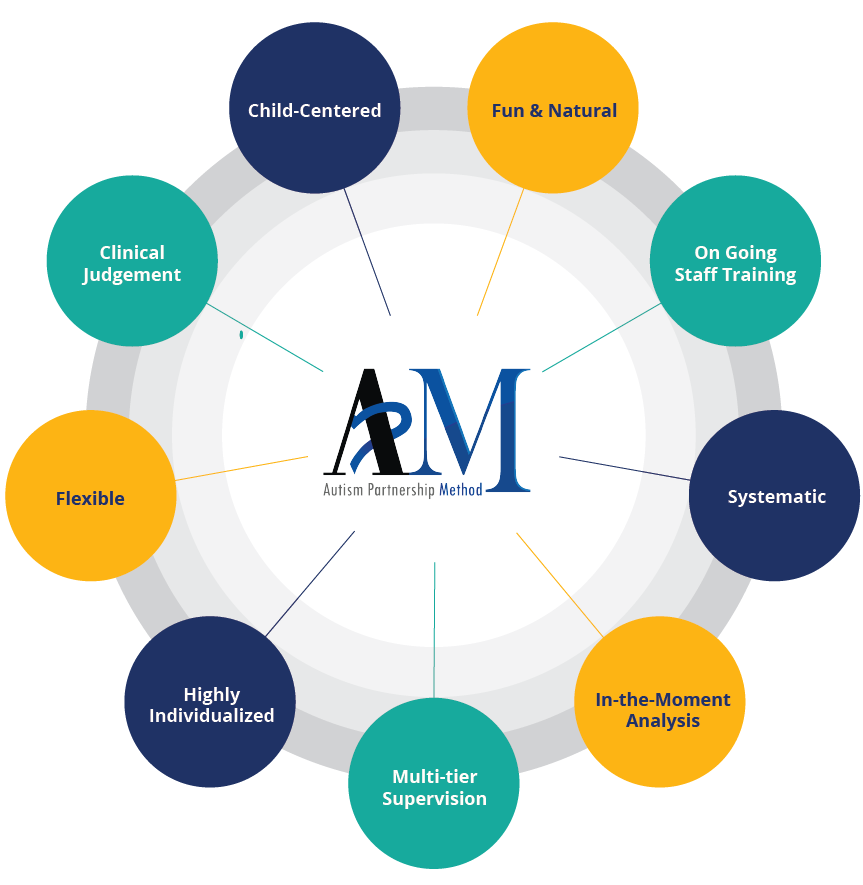
The Autism Partnership Method (APM) :
- Focus on the whole child, not only is communication and academics important but teaching children the skills so that they can develop meaningful and long lasting relationships. This includes developing relationship and play skills.
- Help children learn not only in 1:1 situations but in small and large groups. We constantly expose children to socialization and move them to group learning as soon as they are ready.
- Develop strong and natural reinforcers so that learning can easily transfer to the real world. When children are motivated by activities, social interaction, and the desire to learn, one does not have to rely upon artificial reinforcers.
- Ensure children learn in natural settings, full of different types of distractions that occur in schools and in the community including providing therapy in natural forms so that children develop natural language. With a strong foundation of learning how to learn, it simply is not necessary to use the typical accommodations for removing distractions and utilizing artificial cues.
- Teach children the skills so that they can become truly independent including learning how to monitor their own behaviors is essential for maximizing quality of life.
- Provide training to parents, teachers, and family members to teach them the necessary skills so that they can help in facilitating success
Are all Applied Behavior Analysis (ABA) the same?
While all ABA may be founded on the same foundational principles, not all ABA is alike. Applied Behavior Analysis (ABA) can take various forms depending upon the individual or agency providing the service. In addition to the skill level of the provider, there are technical and stylistic differences in implementation. Approaches range from those that are highly rigid, protocol-driven, and adhering to a set of pre-determined rules regardless of the child, to those approaches that are lackadaisical and without any structure, and a range of approaches falling somewhere in between.
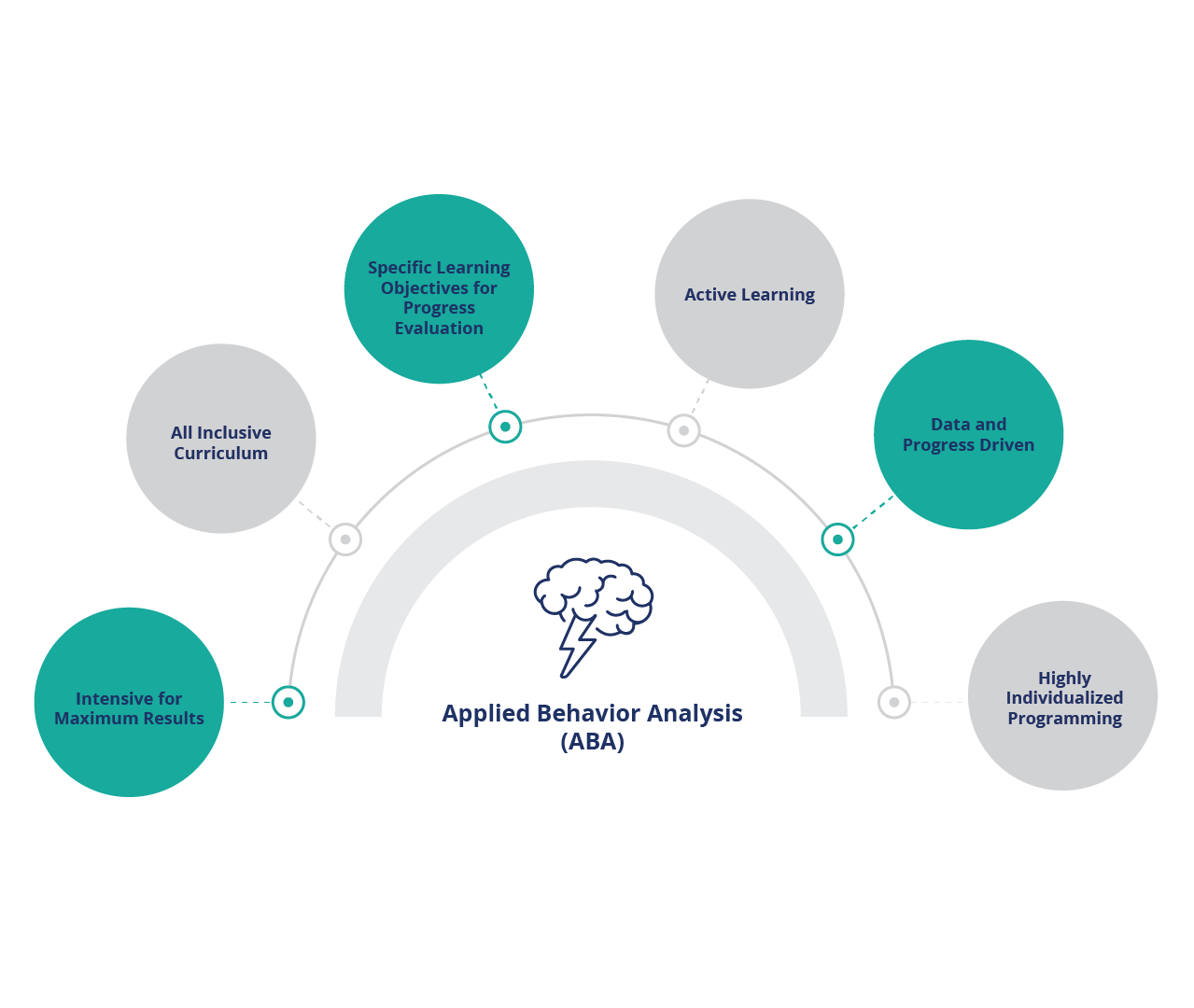
Autism Partnership has over 45 years of clinical and research experience showing the most effective option is a careful balance of flexibility while still retaining the essence of a systematic, evidence-based approach to teaching that is individually tailored for each child.
Apart from a well-researched approach, a quality ABA program should also consist of the following:
- All-Inclusive Curriculum
- Intensive for Maximum Results
- Highly Individualized Programming
- Data and Progress Driven
- Active Learning
- Specific Learning Objectives for Progress Evaluation
Key Elements to Achieve the Best Outcomes
for Children with ASD

There are several studies demonstrating the effectiveness of Applied Behavior Analysis (ABA) for people diagnosed with ASD, including a study conducted by Autism Partnership (2011). In these studies, the children with the best possible outcomes had these key elements in common:
- Early Intervention
- Consistency of Treatment
- Intensity
- Utilizing Quality ABA (Autism Partnership Method)
- Intensive Supervision
- Parental Expertise
- Not Incorporating Other Treatment (Diluting Impact of ABA)
What makes AP effective?
We believe that children can make amazing gains with a highly individualized and intensive learning program.
Our method is derived based over 45 years of clinical findings including the key elements that contributes to the best outcome for children with ASD. At AP, our programs are highly clinically driven and utilize procedures that have been developed out of working with children and from our research center. We aim not solely to maximize each child’s progress under our care but also to provide guidance and support to the family.
Our curriculum is all-inclusive focusing on critical foundation skills including managing behaviors, communication, social, learning-how-learn, and self-help skills. We teach in a fun and innovative way with natural reinforcements that motivate children to learn and make rapid progress.
With a multi-tier supervision system and a team of qualified and highly trained staff, we constantly evaluate the learning objectives of your child’s program to ensure progress. Additionally, we conduct regular training to ensure active learning and provide the best quality of ABA therapy based on our Autism Partnership Method (APM).
About Autism Partnership Singapore (SG)
Autism Partnership Singapore office opened in March 2004, it is the second centre in Asia, following our Hong Kong office. It has since expanded its operations to become one of the most progressive centres regionally in South East Asia.
Our team has more than 30 Behaviour Therapists, Supervisors, and Behaviour Consultants made up of Master’s and Bachelor’s Degree holders as well as Board Certified Behavior Analyst® (BCBA®) with an average of 10 years of experience in planning and implementing ABA intensive behavioural treatment for children with Autism in Singapore and regionally in Indonesia, Malaysia, Thailand, Vietnam, China and Taiwan.
Based on AMS-MOH Clinical Practice Guideline 1/2010 by Singapore Ministry of Health (MOH), Applied Behavior Analysis (ABA) is the highest-rated method for effectiveness — Grade A (Level of Recommendation) with Level 1++ (Level of Evidence).
Autism Partnership Method (APM) addresses
Challenging Behaviors

Autism Partnership Method (APM)
reveals PROMISING RESULTS
This study conducted in 2011 has provided strong evidence on how quality and intensive Applied Behavior Analysis (ABA) can help children with autism.
The study unprecedentedly proves that quality Intensive Behavior Intervention, adopted alone, can yield the best treatment outcome, which includes the following:
- No longer has a diagnosis of Autism Spectrum Disorder
- With an IQ of 85 and above (normal range or higher)
- Become indistinguishable from peers
- Complete mainstream primary school with little or no support
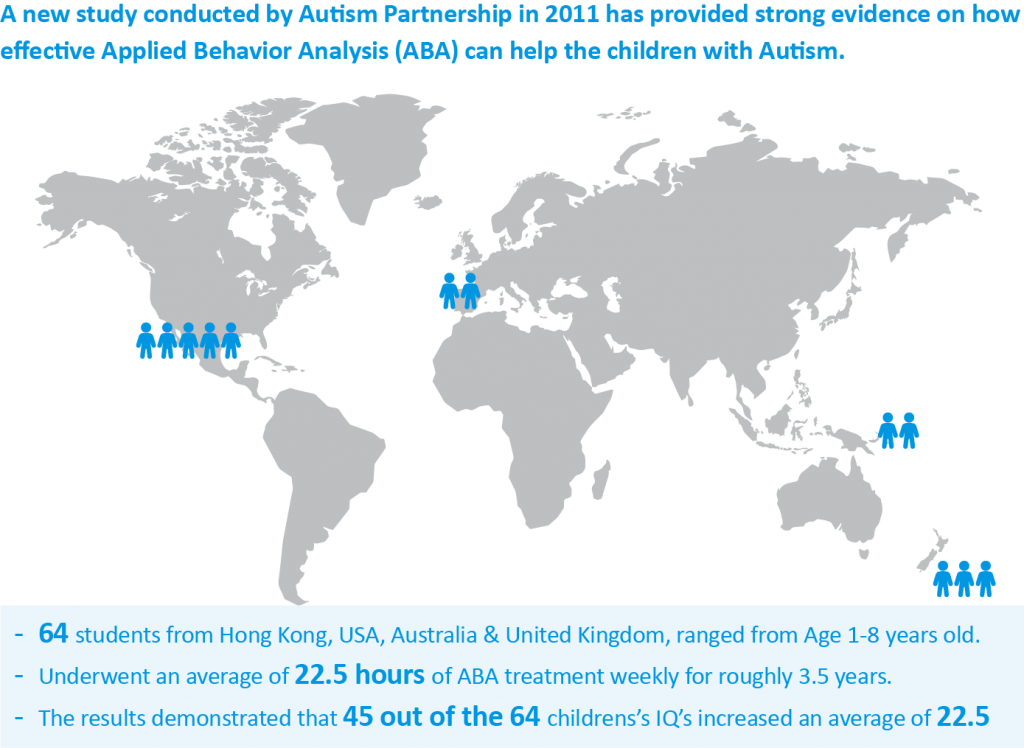
Leaf, R., Taubman, M., McEachin, J., Leaf, J., & Tsuji, K. (2011). A Program Description of a Community-Based Intensive Behavioral Intervention Program for Individuals with Autism Spectrum Disorders. Education and Treatment of Children, 34(2), 259-285.
Autism Partnership Method (APM)
provides
Intensity & Consistency
Howard et al. (2005) conducted a 14-month study and looked at three treatment groups. The results showed that children in the ABA group made more gains in all areas than both the other groups added together. This was an important finding as it is often cited that only the number of hours you commit to ABA matters. However, the research has shown that the type of treatment you choose also affects the treatment outcome significantly.
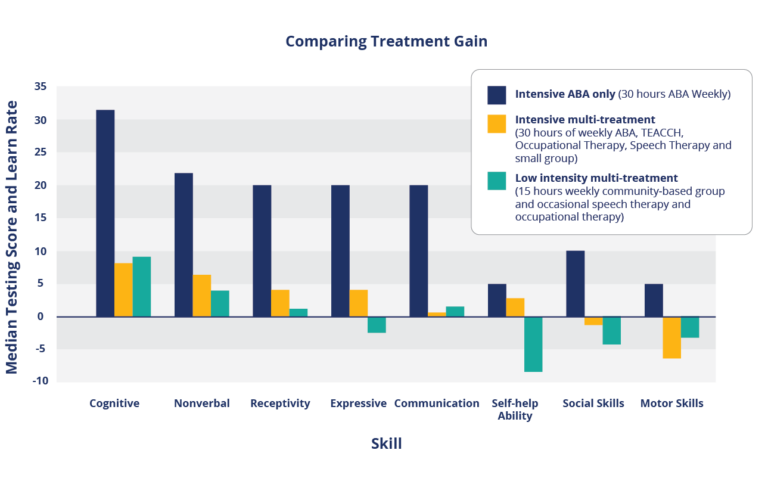
Howard, J. S., Sparkman, C. R., Cohen, H. G., Green, G., & Stanislaw, H. (2005). A comparison of intensive behavior analytic and eclectic treatments for young children with autism. Research in Developmental Disabilities, 26, 359–383.
Our Clinical Research & Evidence
Autism Partnership is a strong believer in research and has published an average of 10 peer-reviewed articles a year, totaling over 100 publications in 10 years – in over 30 journals and books and with the collaboration of over 50 different researchers.
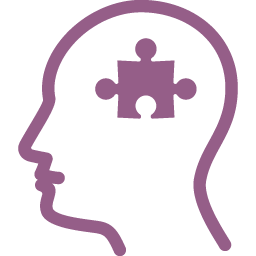
Individualized Programs
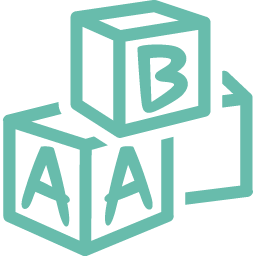
Fun & Naturalistic Teaching

Innovative With Natural Reinforcement
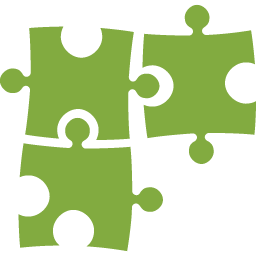
All Inclusive Curriculum
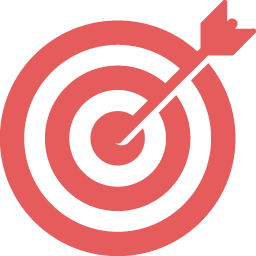
Intensive & Consistent for Maximum Results
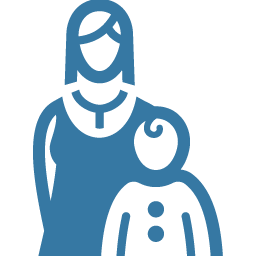
Parent Involvement & Training
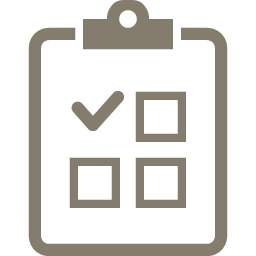
Learning Objectives for Progress Evaluation

Multi-tier Supervision & Case Management

Qualified & Highly Trained Staff

Regular Training & Active Learning
Our curriculum is all-inclusive focusing on critical foundations.
We believe that children can make amazing gains with a highly individualized and intensive learning program.
Our Autism Partnership Method (APM) is fun, child-centered, and naturalistic. Our programs are highly individualized and clinically driven. We utilize procedures based on experience, clinical research, and evidence. AP aims not solely to maximize the progress of each child under our care, but also to provide guidance and support to the family.
Our curriculum is all-inclusive focusing on critical foundation skills including managing behaviors, communication, social, learning-how-learn, and self-help skills. We teach in a fun and innovative way with natural reinforcements that motivate children to learn and make rapid progress.
With a multi-tier supervision system and a team of qualified and highly trained staff, we constantly evaluate the learning objectives of your child’s program to ensure progress. Additionally, we conduct regular training to ensure active learning and provide the best quality of ABA therapy based on our APM.



